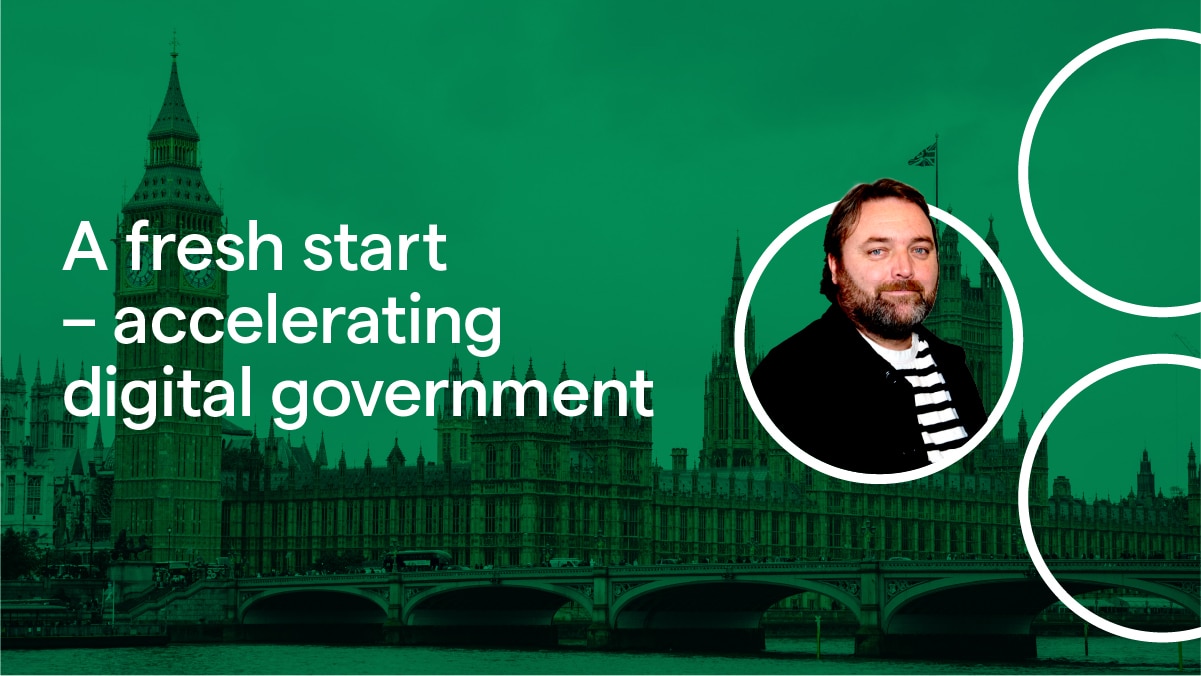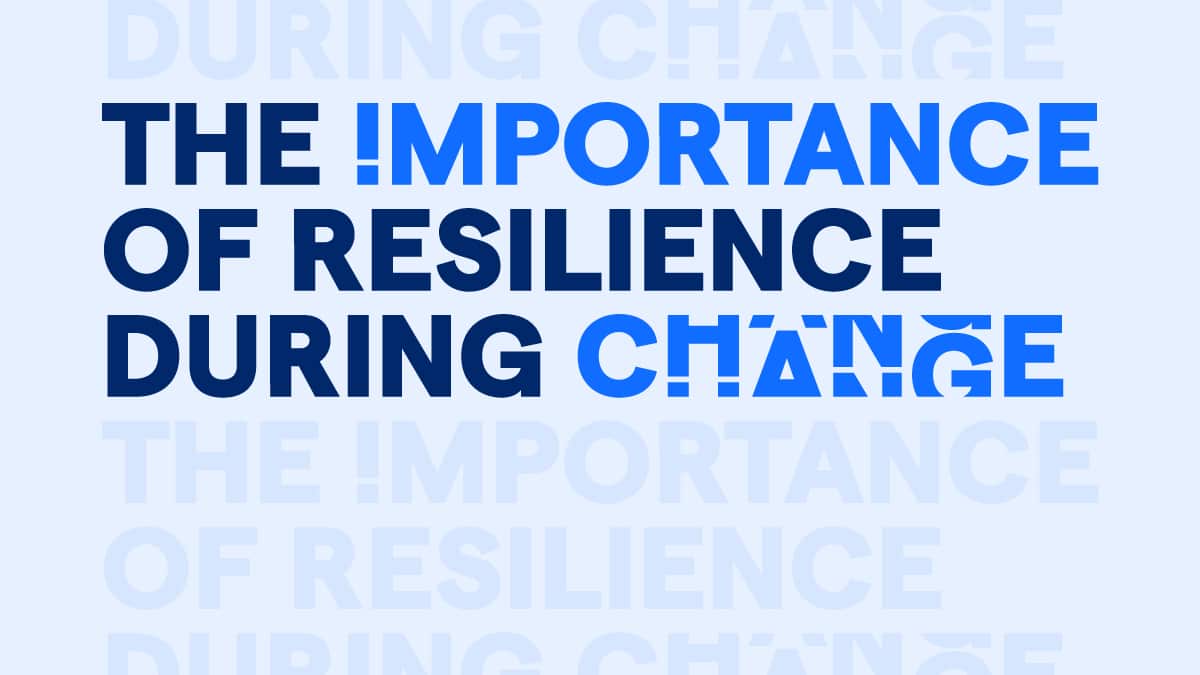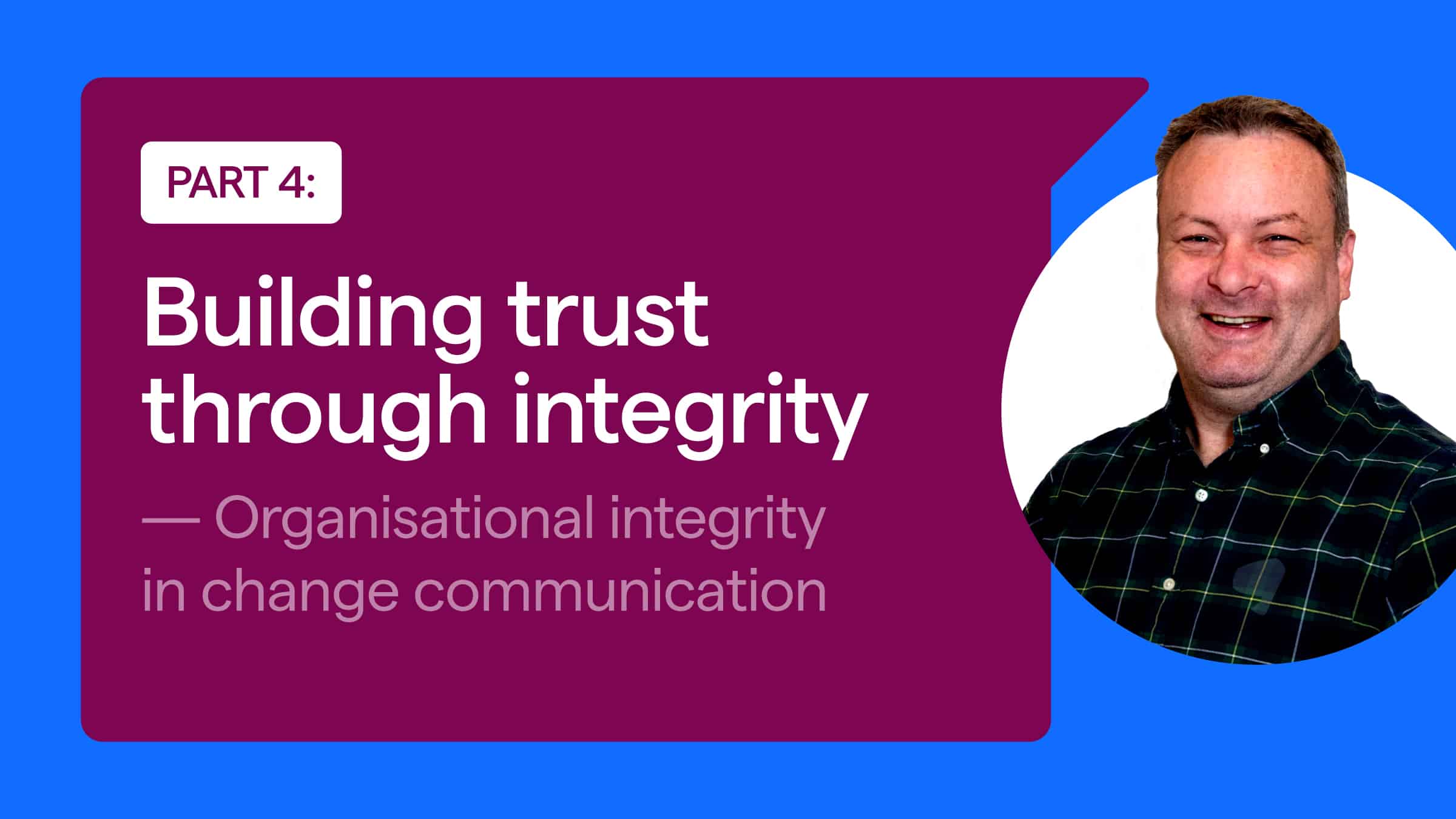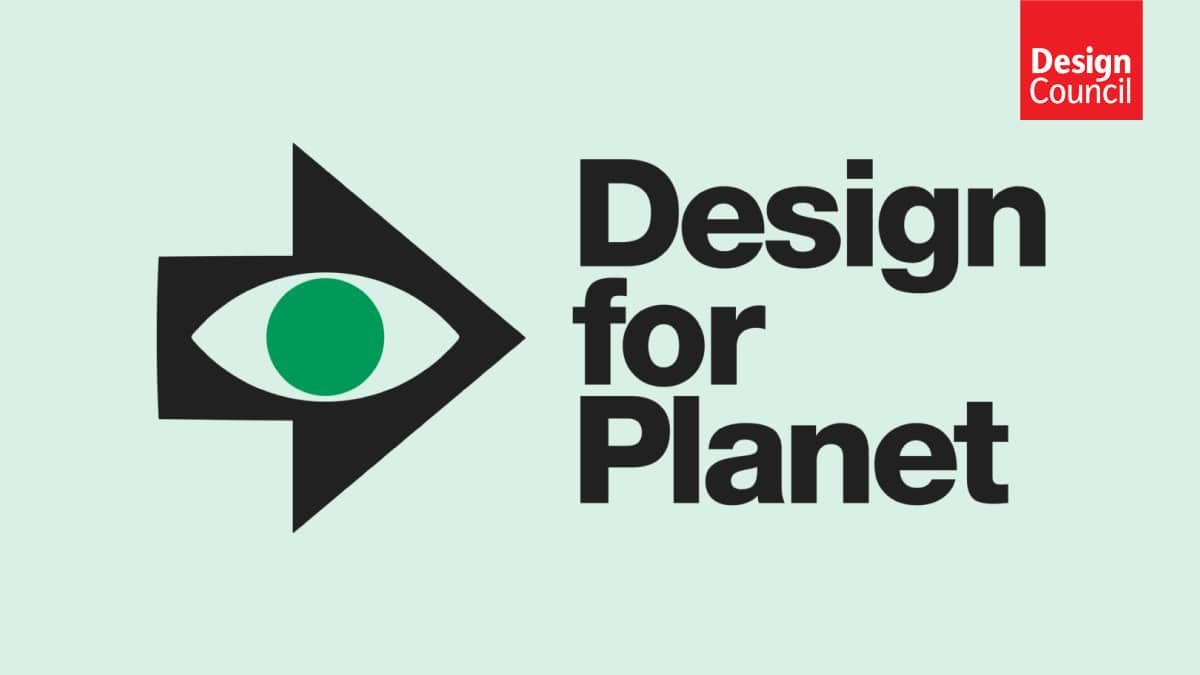Trust, digital delivery and supplier management
9 min read Written by: Cory Hughes
When it comes to delivering digital services, creating a coalition of the willing within an organisation can be the easy part, creating a capable, multi disciplined team to deliver that change can be more of a challenge. As with most human and business interactions, a key component in building the skills of the whole team is trust. Trust is critical when delivering change. How do we build trust in an uncertain environment, how do we give responsibility to those engaged in delivery, and in particular to those who need to build a new style of relationship with the suppliers and vendors needed to support the huge task of delivering organisational change.
People tend to hide behind risk when they don’t want to trust others or want to avoid responsibility. People tend to stick with ways of working, processes, technology, partners or suppliers who have consistently not met expectations, simply because it’s always been that way. People take extraordinary comfort in an existing contract or relationship because they fear the risk of doing something different, something unknown, something they haven’t tried before. Risk, especially in public services, is usually measured in terms of what the personal consequence are if things go wrong. This risk usually overshadows the needs of those who use the service and reflects the absence of responsibility and trust.
If someone is always to blame, if every time something goes wrong someone has to be punished, people quickly stop taking risks. Without risks, there can’t be breakthroughs
Peter Diamandis
When it comes to building effective services or changing processes that are inefficient or ineffective, especially those relied on by the public (not just those described as public services these days…the line is too blurry with outsourcing e.g. housing, utilities or leisure services) the risk of not changing should outweigh the risk of inertia, but it rarely does.
This is where fresh impetus from those responsible for leading on public services can kick start a new approach by clearly defining the permissions they are prepared give on the journey to digital. Once permission is given, those entrusted with delivery are able to flourish. You can’t assume trust is there or expect it, or even try and take it from someone who is unwilling to part with it. We need new ways of working to ensure transparency in our delivery approach. This is the way trust is earned and maintained.
Those who are responsible for delivering new services often have to accept the word of their leaders as the way to proceed regardless of whether those leaders have the trust of their users. The personal risk to them of doing otherwise is all too real, whilst the risk to users is abstract and doesn’t have a material consequence on them in their daily routine. Their exposure is to internal governance and pressure from the risk of corporate mistakes rather than the risk of true failure, the failure to meet user expectations. In fact this fear of internal consequence only encourages teams to have even less interaction with users.
It would be interesting to see how much the public sector spend on ensuring procurement processes are met, supplier performance is managed or project overspend justified compared to spend on user research, testing and gathering feedback on services and continuously seeking opportunities to improve performance. Whilst the former is important, so is the latter. Indeed getting the balance right will reduce spend in those first areas.
We can build trust by sharing the evidence for decision making, based on data and research, especially by talking to users and measuring their expectations. What do users feel about the balance of risk and reward? Develop a track record of transparency, and, in my experience, people can tolerate things not going as initially expected so long as they can understand why and see plans being iterated based on learning.
The best way to mitigate risk is to use research or evidence to gain permission and build trust.
Those who deliver change are often rightly told to be bold or ambitious, but that needs permissions and a change in behavior from those that are in the position to lead. Those in lead roles need to demonstrate that it’s ok to build new capabilities by articulating where the boundary is, accepting that risk is part of the equation and that it’s ok to iterate, that we want to learn from attempting to be better. That failure is part of the process, but that the need to build learning into the delivery cycle is crucial.
There are many ways to build trust and reduce risk in delivery such as building roadmaps, building multi-disciplined teams and focusing on the service and the users needs, but a key area where risk appetite and a new approach to trust and permission is needed is in relationships with the external supply chain. The traditional behaviors of big IT suppliers has perpetuated the myth that you can outsource risk. When big projects fail it’s not really the supplier who suffers, after all they’ve usually been paid! Initially it’s the project team or departmental management who takes the pain, but ultimately it’s users who won’t get what was promised.
There is an urgent need to change to the way vendors and suppliers are engaged, from procurement through to supplier management, we need to look through a different lens at permissions and trust. Digital capability within internal teams is not yet as mature as everyone would like, but the task of meeting user expectations can’t wait. This means that expertise within the supply chain needs to become part of the answer, but on different terms. There is a need to address the current imbalance where client side capability is overshadowed by big suppliers pushing more of the same. Starting to develop services based on user insight and research, not products and systems, is essential, but also changing behaviors by contracting in smaller chunks, paying for outcomes not IT, procuring based on results not milestones. This needs a change in relationship, building trust and shared responsibility for being iterative, and thriving in a continuous improvement model. Blending an ecosystem of small and medium enterprises with the traditional vendors and a maturing internal capability is the only way to inject pace into delivery, otherwise all the old blockers will strangle progress and all we’ll hear is ‘I told you so…’ Many suppliers are ready for a different approach but it won’t come easy. It’ll be a bumpy ride, but one we can’t afford not to take.




